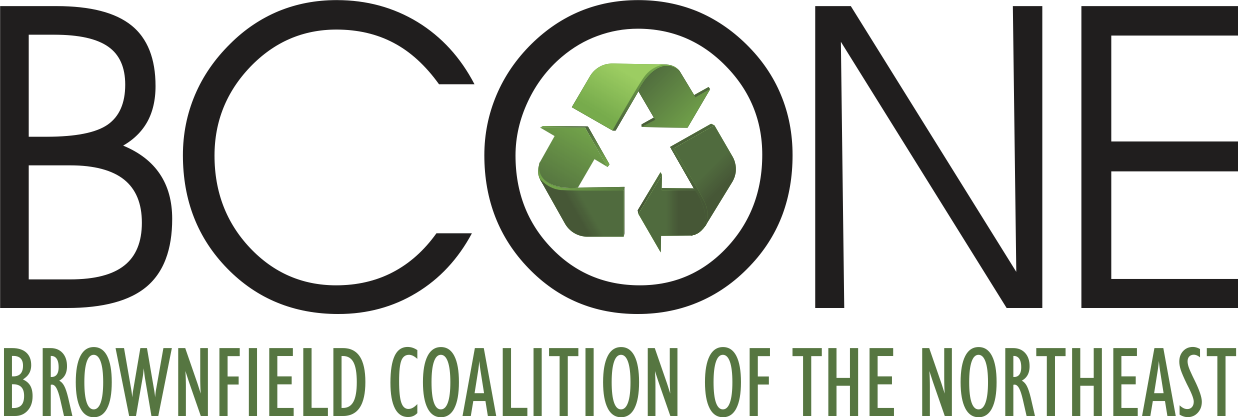by Steve Dwyer
So, you're a metropolitan area seeking a viable waterfront redevelopment opportunity. The options are several, including a mixed-use residential and commercial combination. It's certainly a prevalent one with much upside.
You can draw a bead on yet another potential game plan-transportation hub providing waterway facility transportation infrastructure within the U.S. import/export market.
It's vital as businesses rely on U.S. shipping ports to acquire raw materials or to ship finished products to markets around the world. In the Northeast, smaller metro areas have a chance to compete with the likes of Boston, Philadelphia or New York City by marketing themselves as a less congested more fluid alternative to move freight to far-away lands.
You become a gateway to connect producers and consumers to the rest of the world via your investment in private/public terminals and manufacturing areas owned by the port and leased to private entities.
It creates a large number of jobs and infuses strength into a local, even regional, economy: Direct employment opportunities encompass a wide range of position with maritime service firms, surface transportation firms, shippers, consignees, governmental agencies, and professional service firms.
Some caveats creep into the picture when considering an investment of this magnitude:
- The size of today's freighters has expanded to the point where certain ports can't accommodate these mega-ships. Large engineering investments, such as dredging and expanding, must be made to make it fly.
- Environmentally, there the potential scenario of answering to Coastal Zone requirements, which are designed to protect the natural environment of the coastal zone areas by prohibiting new heavy industry that doesn't conform to the law.
- Permitting is a third caveat. Rivers and waterways might have to be dredged to allow for the construction of new berths. "Anytime you are talking about creating port facilities, the biggest problem is permitting," said an official who was involved with working on the Port of Wilmington's auto berth project on the Delaware River in New Castle County, Delaware, that opened 16 years ago. "The main thing is permitting for dredging for the docks, both state and federal."
The U.S. Army Corps of Engineers indicates that the permitting process depends on location, site conditions and other factors. When a developer has firmed up preliminary plans, the Corps works with the applicant to adjust plans if necessary. The Corps is known to approve more than 90% of applications.
Back to the accommodation aspect: The shipping industry has been greatly transformed with the advent of a new global fleet of mega-ships that can carry almost double the containers of the previous generation of ships. These vessels have a capacity of 7,500 to 12,000 container units as measured by the standard 20-foot container. Older generation vessels could handle 6,000 to 9,000 20-foot equivalent container units.
You might be a decent-size city in the Northeast, but accommodating the modern-day shipping industry is not a given for certain cities not named Boston, Philadelphia or New York City. If you are considering a port expansion opportunity to spark economic growth, dip your toe into the water and ponder the three caveats first before diving in headlong.

